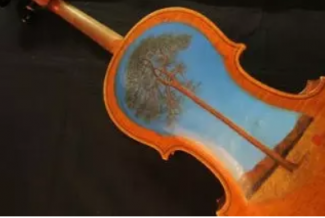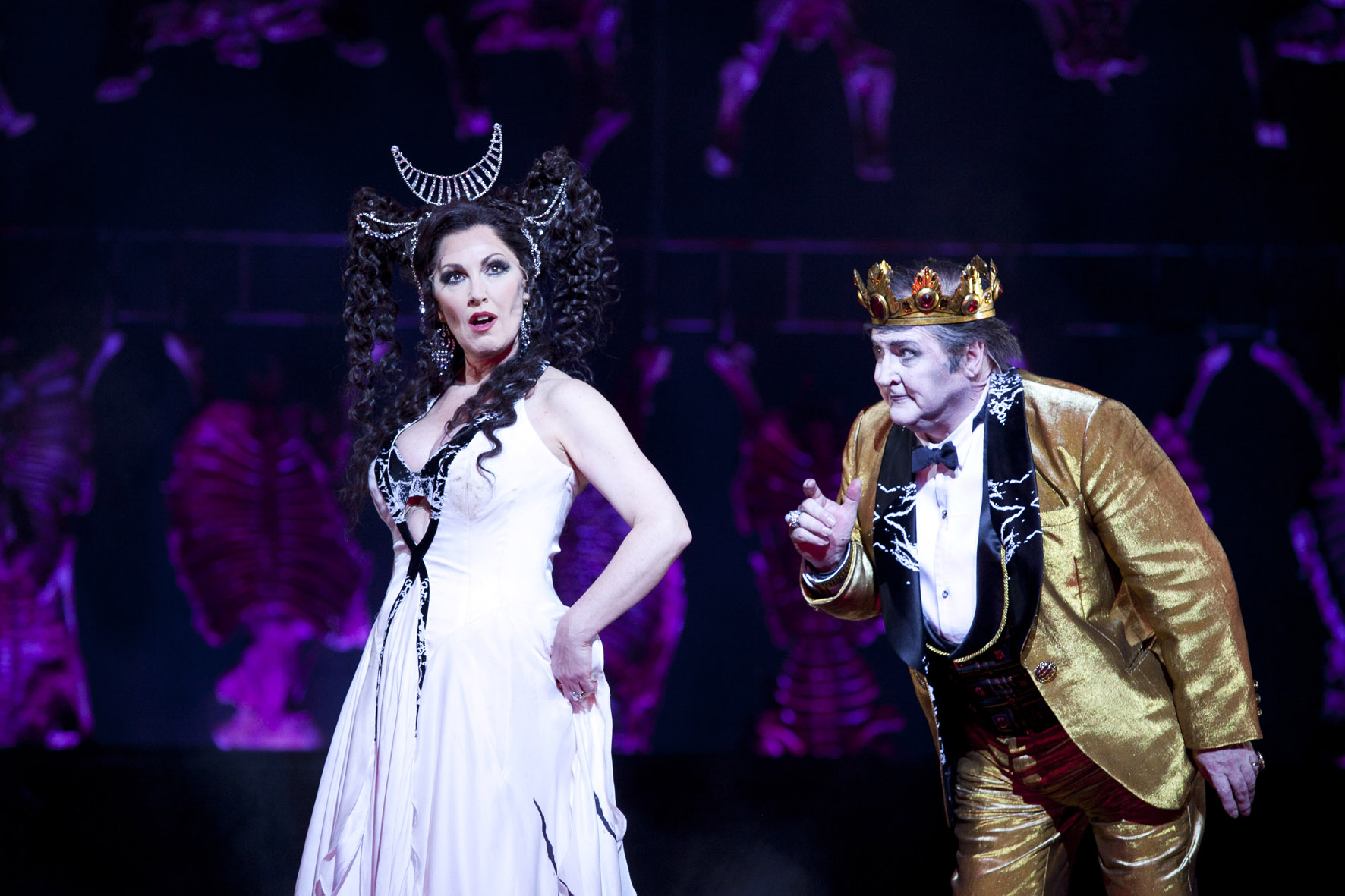Melbourne Hosts Tsunami Violin Concerto
The debris used to make the violin was collected on the seashore of Rikuzen Takata, one of the areas devastated by the tsunami.
Artwork featured on the violin represents the instrument’s sound post, which is made of timber from the almost 280-year-old kisekino ipponmatsu, or the miraculous lone pine tree, the only survivor out of 70,000 pine trees on a two kilometre coastal line.
University of Melbourne Senior Lecturer in Japanese Studies Dr Jun Ohashi said the instrument will be on loan from Japan for Resonance: A Tsunami Violin Concert as a reminder that many people are still suffering from the disaster and in need of assistance.
“The tsunami violin may evoke images, emotions and memories of great loss, but it is a symbol of resilience and hope,” Dr Ohashi said.
“The concert is also a reminder of the very strong bond between Australia and Japan,” he said. “The Australian government was quick to send a rescue team and food and donated generously through the Australian Red Cross and Pacific Disaster Appeal. In addition, very strong links between the people of Australia and Japan were evident during this difficult time.”
Resonance: A Tsunami Violin Concert will be performed at Melba Hall on Friday 16 March as part of the Centenary of Japanese Language at the University of Melbourne. All income from tickets purchased will go to the Rikuzen Takata city scholarship program, which help students who have financial difficulties to continue learning.






